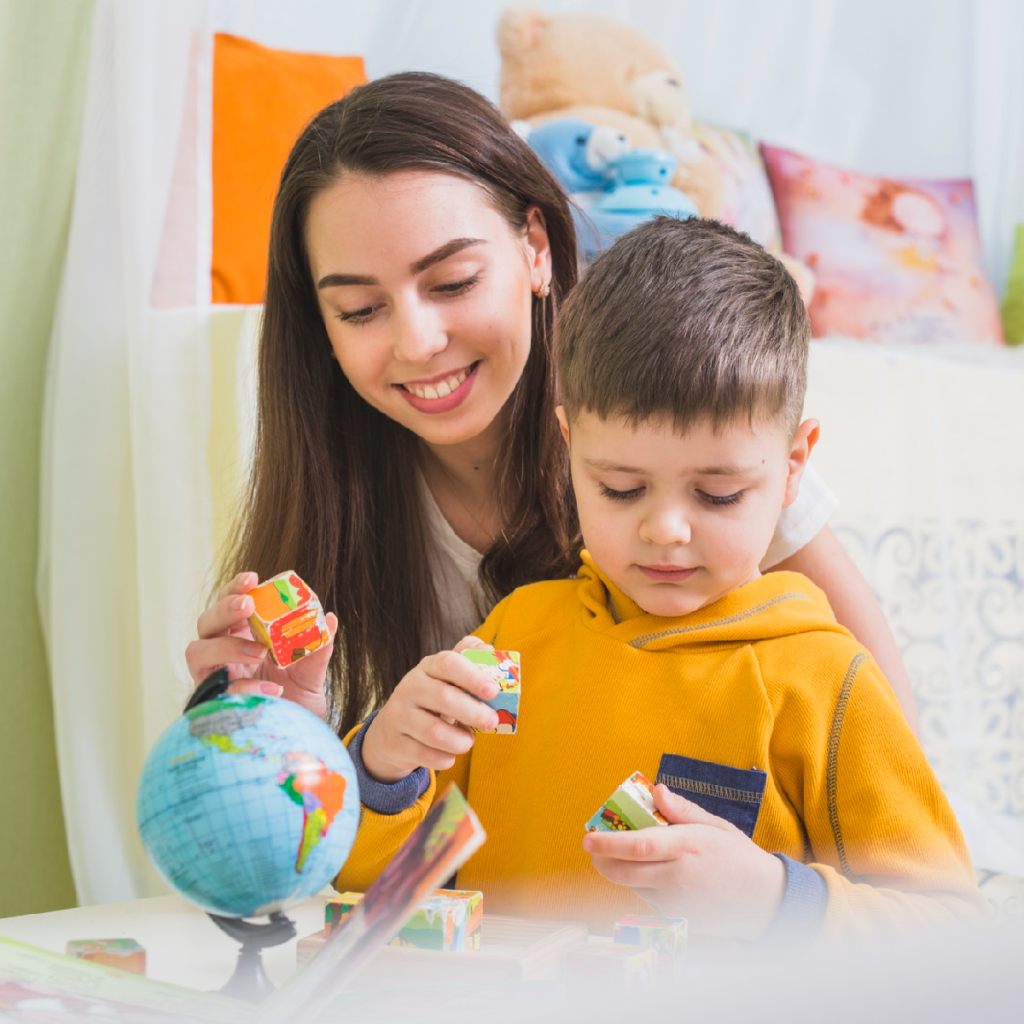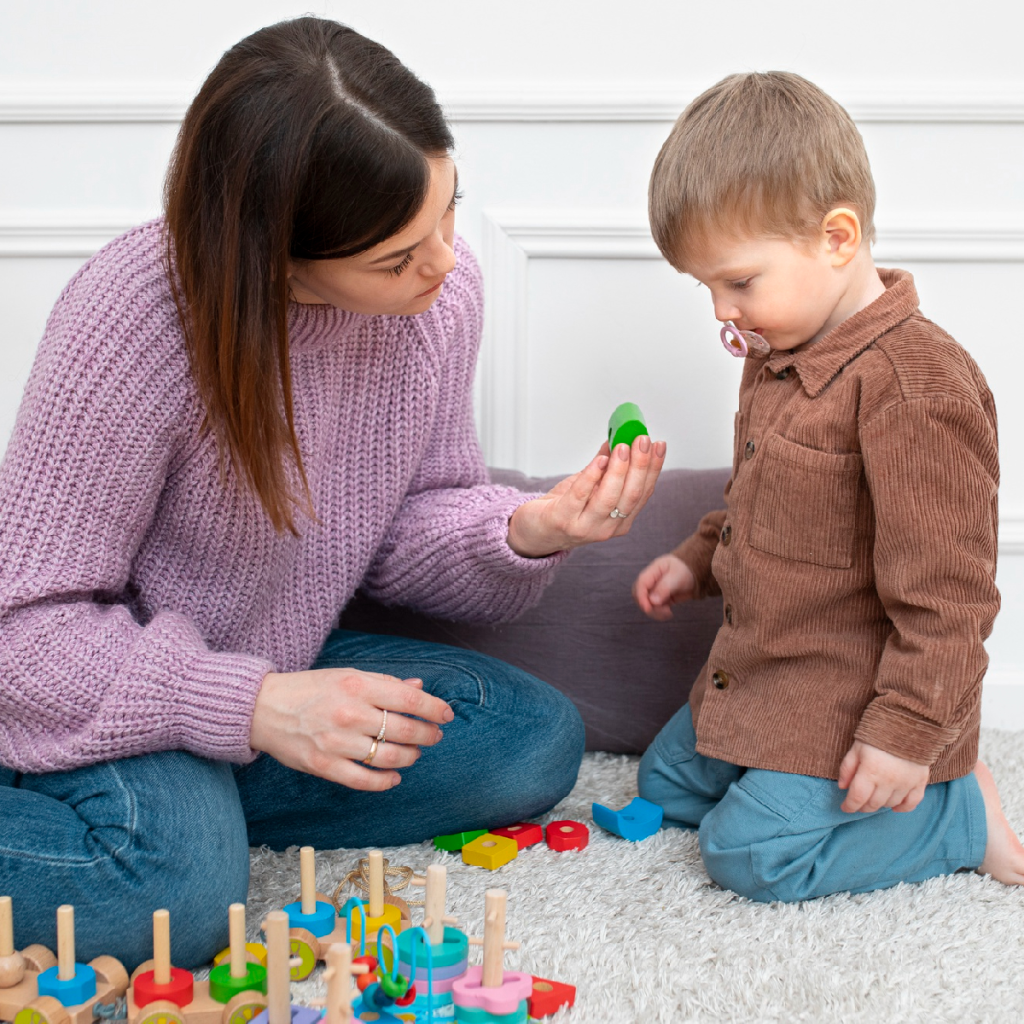Discover effective strategies and activities for teaching navigational skills to 2-3 year old children.
Teaching Navigational Skills to 2-3 Year Old Children
Ah, the joyous task of teaching navigational skills to 2-3 year old children! Who says learning can’t be fun? In this article, we will explore the importance of navigational skills in early childhood and delve into the exciting world of spatial awareness. So, buckle up and get ready to navigate your way through this adventure!

Understanding the Importance of Navigational Skills in Early Childhood
Have you ever stopped to think about how crucial navigational skills are for our little ones? Not only do they help children explore their surroundings, but they also enhance their cognitive development. By understanding where they are and how to get from one place to another, children develop a sense of confidence and independence.
But let’s delve deeper into the fascinating world of navigational skills and their impact on early childhood development.
The Role of Spatial Awareness in Child Development
Let’s take a moment to appreciate the importance of spatial awareness. It’s like having your internal GPS turned on! Navigating through space helps children learn about their environment and understand the relationship between objects, people, and places. It’s like a puzzle waiting to be solved!
When children have a strong sense of spatial awareness, they can easily navigate their way through different environments. Whether it’s finding their way around a new playground or understanding the layout of their home, spatial awareness allows them to make sense of the world around them.
Furthermore, spatial awareness plays a crucial role in developing other cognitive skills. It helps children understand concepts such as distance, direction, and location. For example, when a child is told to go “upstairs” or “down the street,” they rely on their spatial awareness to comprehend and execute these instructions.
Benefits of Navigational Skills for Toddlers
Believe it or not, there are numerous benefits to teaching navigational skills to toddlers. Not only does it improve their problem-solving abilities, but it also develops their memory and concentration. Plus, navigating their way around helps enhance their fine motor skills and coordination.
When children navigate their surroundings, they are constantly making decisions and problem-solving. They learn to analyze their environment, identify landmarks, and choose the best route to their destination. These skills not only help them in their daily lives but also lay the foundation for critical thinking and decision-making later in life.
Additionally, navigating requires children to remember and recall information about their surroundings. They develop their memory skills by remembering landmarks, routes, and directions. This helps improve their overall memory and concentration abilities, which are essential for learning and academic success.
Moreover, navigating their way around also enhances their fine motor skills and coordination. As children explore their environment, they interact with various objects and obstacles. They learn to maneuver around obstacles, climb, crawl, and balance, all of which contribute to their physical development.
In conclusion, navigational skills are not just about finding your way from point A to point B. They play a vital role in a child’s overall development, including cognitive, memory, problem-solving, and physical skills. So, let’s encourage and support our little ones as they navigate through the exciting journey of early childhood!
Basic Concepts of Navigation for Toddlers
Now that we understand the importance of navigational skills, let’s dive into the basics. Teaching directions to children may seem like a daunting task, but fear not! We’ve got some tricks up our sleeves!
As toddlers begin to explore the world around them, it’s essential to equip them with the necessary skills to navigate their surroundings. By teaching them basic concepts of navigation, we can empower them to become confident and independent little explorers.
Introducing Directions to Children
When it comes to teaching directions, it’s crucial to keep things simple and engaging. Start by using the terms “left” and “right” during everyday activities. For example, during a game of Simon Says, you can say, “Simon says, touch your left knee!” This playful approach will make learning directions a breeze!
Additionally, incorporating directional words into daily routines can be highly effective. During mealtime, you can say, “Pass the salt shaker to the person on your right.” By associating directions with familiar actions, children can grasp the concept more easily.
Understanding Landmarks and Distances
Landmarks and distances are like the secret codes to successful navigation. Take your little explorer on a neighborhood stroll and point out different landmarks along the way. “Look, there’s Mrs. Johnson’s colorful mailbox! That means we’re almost home!” By doing this, children will start recognizing familiar landmarks and understand the concept of distance.
Furthermore, you can engage your child in a fun game of “I Spy” while on walks or car rides. Encourage them to spot landmarks such as tall buildings, unique trees, or eye-catching signs. This activity not only enhances their observational skills but also helps them develop a sense of direction.
Another way to reinforce the understanding of landmarks and distances is through storytelling. Create imaginative tales that involve navigating through various landmarks or traveling specific distances. This interactive storytelling experience will captivate your child’s attention while deepening their comprehension of navigation.
It’s important to remember that every child learns at their own pace. Be patient and provide plenty of opportunities for practice and reinforcement. With consistent guidance and a touch of creativity, your little one will soon become a pro at navigating their way through the world!
Age-Appropriate Navigational Activities
Now that we’ve covered the basics, let’s spice things up with some age-appropriate navigational activities that will have your child beaming with excitement!
Learning navigation skills can be both educational and fun for children. By engaging in various activities, they can develop their problem-solving abilities, spatial awareness, and sense of direction. Whether indoors or outdoors, there are plenty of opportunities to enhance their navigational skills.
Fun Indoor Navigation Games
Who said we can only explore outdoors? Indoor navigation games can be just as thrilling! Create a treasure hunt by hiding small objects around the house and providing your little one with clues to find them. This activity not only improves their navigational skills but also enhances their critical thinking and observation abilities. Watch as their eyes light up with each fantastic discovery!
Another exciting indoor navigation game is building a maze using household items. Challenge your child to navigate through the maze, finding their way to the exit. This activity promotes problem-solving skills and spatial awareness as they figure out the best path to take. You can even time them to add an element of friendly competition!
Outdoor Exploration for Navigational Learning
Nothing beats the thrill of exploring the great outdoors! Take your child to the park or a nature trail and let their navigation skills shine. Encourage them to find specific landmarks or discover hidden treasures along the way. This outdoor exploration not only provides an opportunity for physical activity but also stimulates their curiosity and fosters a deeper connection with nature.
One exciting outdoor navigational activity is geocaching. Geocaching involves using GPS coordinates to locate hidden containers, or caches, in various outdoor locations. This activity combines technology with outdoor exploration, making it a perfect adventure for children. They can use a GPS device or a smartphone app to navigate their way to the hidden treasures. Geocaching not only improves their navigational skills but also teaches them about teamwork, problem-solving, and perseverance.
Don’t forget to bring along a magnifying glass during your outdoor adventures. It can help your child examine plants, insects, and other small wonders they encounter along the way. Encourage them to observe and document their findings, fostering a sense of curiosity and scientific exploration.
Incorporating Navigational Skills into Daily Routine
Navigational skills shouldn’t be limited to specific activities. Why not sprinkle some navigation magic into your daily routine? Let’s explore how!
Did you know that incorporating navigational skills into your daily routine can have numerous benefits? Not only does it enhance your spatial awareness, but it also improves problem-solving abilities and boosts cognitive development. So, let’s dive into some creative ways to make navigation a part of your everyday life!
Making the Most of Meal Times
Meal times are the perfect opportunity to practice navigational skills. But how can you make it more engaging and fun? One idea is to set the table with colorful placemats that have a map of your local area. This way, you can discuss different landmarks and routes while enjoying your delicious meal. Additionally, you can teach your child to organize their cutlery on the left and their cup on the right, reinforcing the concept of spatial organization. Bon appétit!
Another exciting way to incorporate navigation into meal times is by creating a themed dinner experience. For example, you can have a “Around the World” night where each family member takes turns being the navigator and chooses a country’s cuisine to explore. This not only encourages geographical knowledge but also allows everyone to practice their navigational skills by researching and planning the menu together.
Navigational Learning during Bath Time
Who knew bath time could be so educational? Use waterproof foam letters to spell out simple words on the bathroom tiles. This activity not only makes bath time more enjoyable but also provides an excellent opportunity for your little one to navigate their way to creating words. As they rearrange the letters, they will be practicing their fine motor skills and honing their ability to navigate through different letter combinations. Splish, splash, learn!
To take bath time navigation to the next level, you can introduce a “Sink or Float” experiment. Fill the tub with water and gather various objects from around the house. Encourage your child to predict whether each item will sink or float before testing it out. This activity not only teaches them about buoyancy but also requires them to navigate through their predictions and observations.
Furthermore, you can enhance the navigational aspect of bath time by introducing a treasure hunt game. Hide small waterproof toys or objects in different corners of the tub and provide your child with a treasure map. They can navigate their way through the “ocean” to find the hidden treasures, stimulating their problem-solving skills and spatial awareness.
Overcoming Challenges in Teaching Navigation to Toddlers
Teaching navigation to toddlers may come with its fair share of challenges, but worry not! We’ve got some tips to ensure smooth sailing on this navigational journey.

Dealing with Short Attention Span
Toddlers are known for their short attention spans. To keep them engaged, break down navigational activities into short, fun-filled sessions. Remember, it’s all about quality over quantity!
Making Navigation Learning Fun and Engaging
Learning navigation doesn’t have to be a serious affair. Incorporate playfulness into your teaching methods. Use colorful maps or create an imaginary world where your child becomes a little explorer. Let their imagination soar!
And there you have it, a playful guide to teaching navigational skills to 2-3 year old children. So, grab your little one’s hand, put on your explorer hats, and embark on an exciting journey of discovery!



